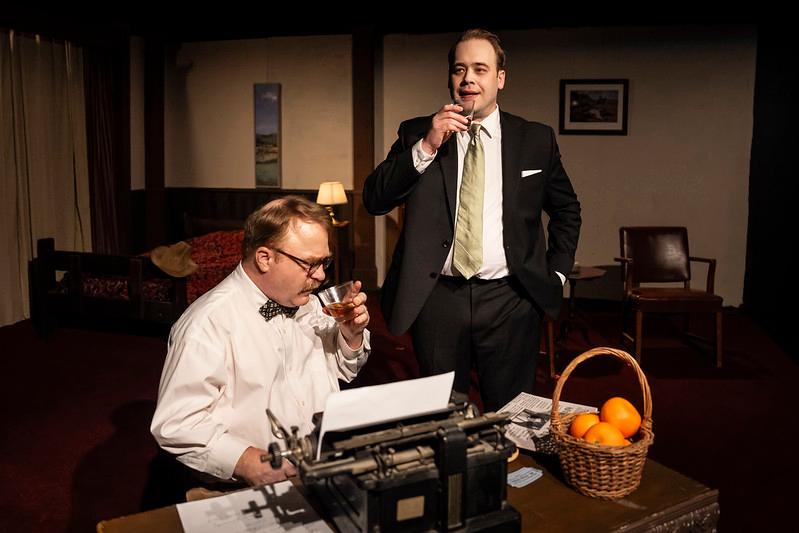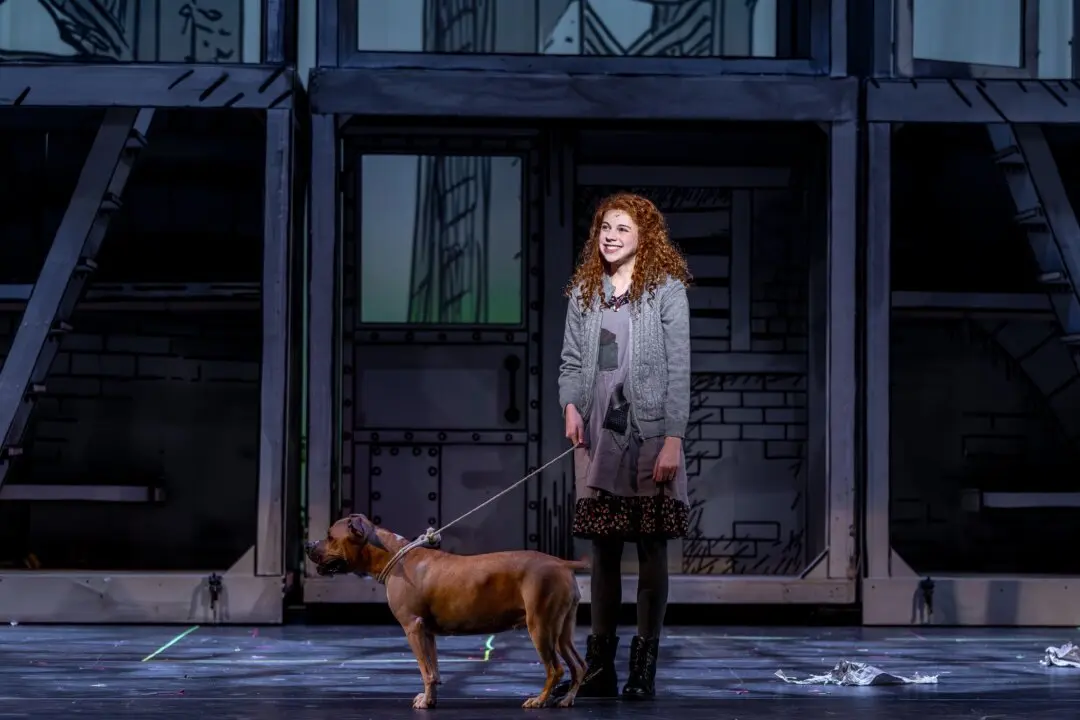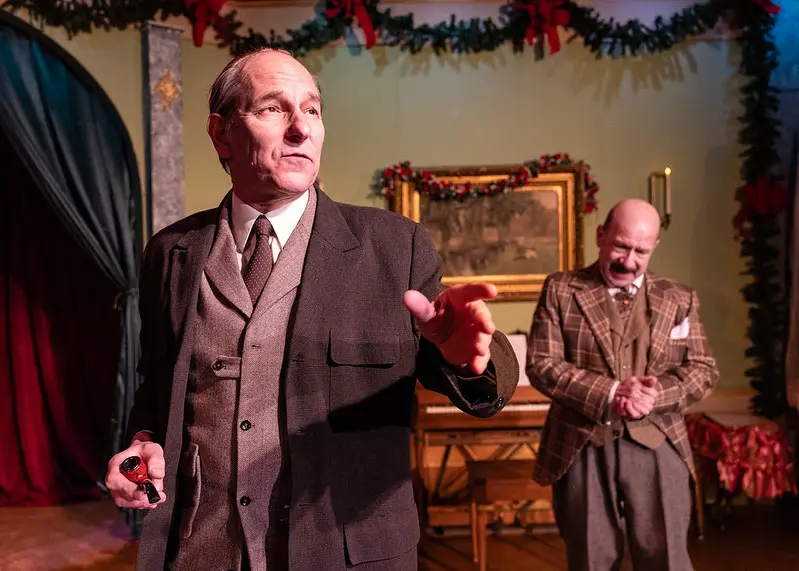Orson Welles was 25 years old and H.G. Wells was 74 when a chance meeting brought the two together in 1940. Two years prior, Welles broadcast a radio show so realistic that it frightened listeners into believing that Martians were invading New Jersey. The broadcast followed the plot of Wells’s most famous novel, “The War of the Worlds” (1898).
It must have been fascinating for these two brilliant men to meet. It’s just as riveting for us to meet these two in the thrilling world-premiere drama of “Wells and Welles.” The show is presented by Lucid Theater at Chicago’s City Lit Theater.





